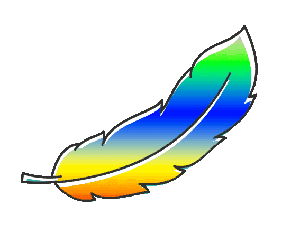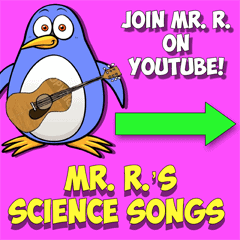Bird Poem

When I was just 2,
Like way less than 3,![]()
A big, friendly bird,
Took me to a tree…
Sitting so high,
Up high in its nest,
Is where the bird taught me,
The things it knew best…
And now that I’m older,
I use all those things,
I love to lay eggs,
And fly with my wings…
Oh wait!
No wings!
No flappers, oh my!
No wonder I always,
Fall when I fly…
At least I’ve grown feathers,
And super-light bones,
At least I’ve got warm blood,
And whistle sweet tones,
Of bird, I’m a third,
From my days in the tree,
Where my friend used to bring me,
Before I was three!
What is a bird?
A bird is a vertebrate (animal with a backbone) that can fly. Other animals such as flying fish, some mammals (such as bats and flying squirrels), some amphibians and reptiles (such as flying geckos), and some mollusks (such as flying squid) can also become airborne to differing extents. Only birds, bats, and insects can achieve true flight under their own power.
Birds are covered with feathers and reproduce by laying eggs. Most take care of (incubate) their eggs in some type of nest. The majority of chicks that hatch need care from their parents, but some species, such as the megapods are independent when they hatch and must care for themselves. The Australian Brush-Turkey is a megapod that has been known to achieve flight the same day it hatches (from an egg buried in a large mound of leaves and earth).
Many birds migrate for great distances when the season changes. A bird called an Arctic Tern has the longest known yearly migration which can be over 44,000 miles (71,000 km).

